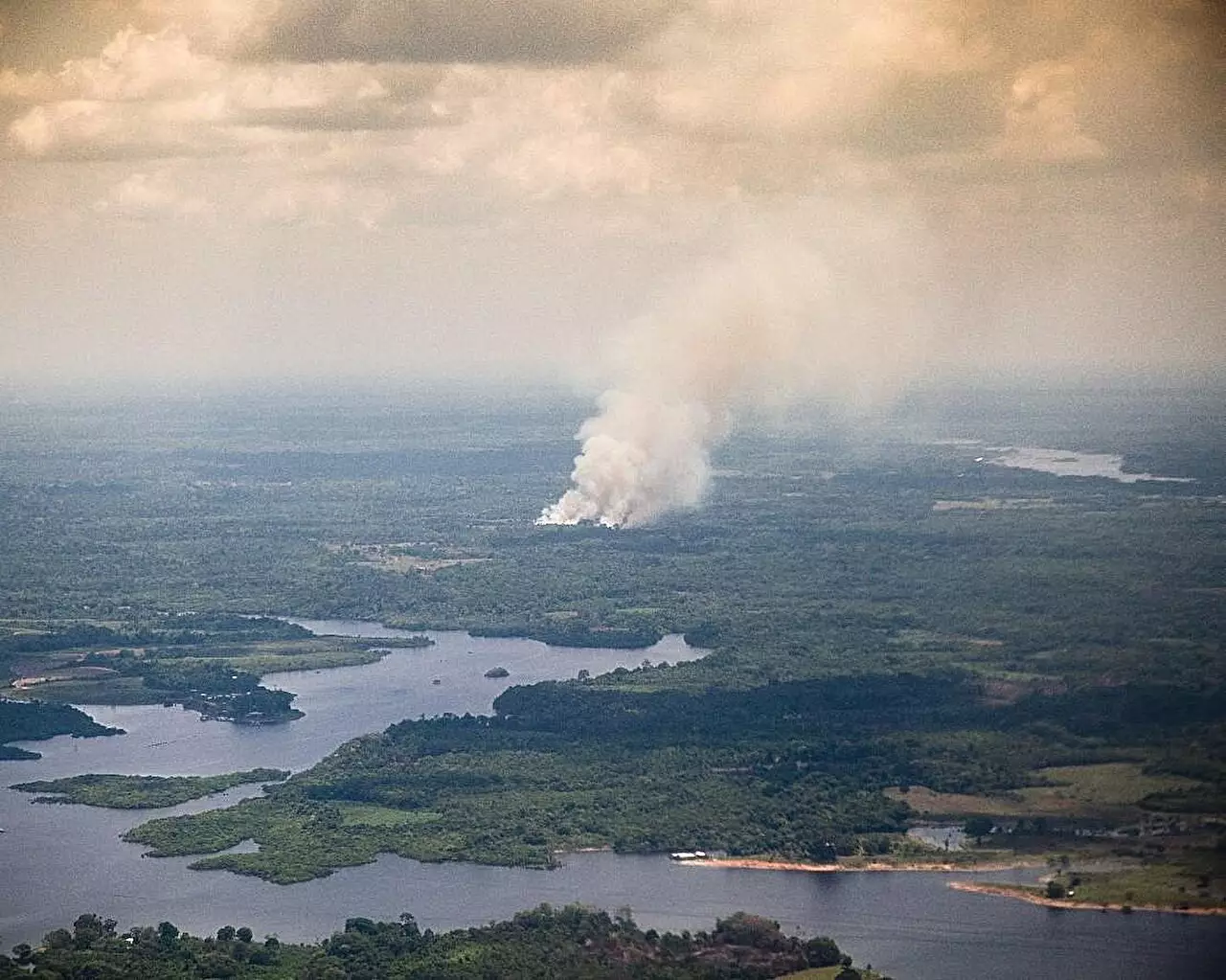Wildfires are a growing environmental concern, not only for their immediate destructive power but also for the long-term effects of smoke on air quality and weather patterns. The nature of smoke from vegetation fires generates aerosols that significantly degrade air quality and pose threats to human health. While larger particles emitted during these fires have traditionally garnered more attention, recent scientific investigations are revealing that ultrafine particles (UFPs) play a crucial role in influencing both local and global climatic conditions.
New Discoveries: The Role of Ultrafine Particles
For many years, it was believed that UFPs would quickly be removed or “scavenged” from smoke by larger particles, making their existence a minor concern. However, this outdated perception is being challenged. By utilizing aircraft measurements and sophisticated simulations, researchers have uncovered a surprising abundance of UFPs in smoke originating from vegetation fires, particularly in the Amazon region. The discovery that these particles not only survive but thrive in such conditions indicates a need to reassess how we understand smoke dynamics.
Modeling Atmospheric Changes Due to UFPs
The advanced modeling employed in recent studies has led to compelling insights. The Weather Research and Forecasting Model coupled to Chemistry (WRF-Chem) allowed scientists to explore the mechanisms behind UFP formation, revealing their potential to intensify storm clouds and produce heavy rainfall. The modeling results challenge the longstanding assumption that UFPs would not form in high-sink environments like those created by biomass burning emissions. Instead, the researchers found that the generation of these particles through secondary nucleation processes is appreciably more efficient than previously thought.
The implications of UFP presence extend beyond immediate air quality concerns to broader weather and climate patterns. The research indicates that UFPs can modulate cloud features, potentially leading to stronger storm systems with increased rainfall. This phenomenon arises partly from the way UFPs interact with other atmospheric components, altering cloud microphysical properties and enhancing precipitation processes.
Through detailed simulations with high-resolution models, it is evident that UFPs can contribute to larger anvil clouds and sustained rainfall activity, while larger particles have the opposite effect, often delaying precipitation. This duality in behavior showcases the complex atmospheric ballet played out during and after wildfires, reinforcing the critical need for more comprehensive studies in this field.
Revisiting Earth System Models
Historically, Earth system models have underestimated the significance of UFPs formed by the interplay of chemical oxidation processes within smoke from burning biomass. The traditional viewpoint saw high losses of nucleating species to larger primary aerosol particles, but new data suggests that these losses can be overcome. Researchers now call for a paradigm shift to include more dynamic representations of UFPs and their growth mechanisms in the next generation of atmospheric models.
For instance, it is recommended that emissions of dimethyl amines (DMA) and the chemical production rates of substances like sulfuric acid are adjusted to accurately reflect observed particle size distributions. An understanding of how these components interact within the smoke aerosols is crucial for predicting future climatic scenarios.
The growing body of evidence highlights a significant knowledge gap in our understanding of UFPs and their influences on weather and climate change. This underscores the necessity for further empirical research to explore the nuances of how UFPs develop, persist, and interact within the atmospheric system. The insights gained from the latest investigations open new avenues for research, encouraging scientists to delve deeper into the mechanisms at play within wildfire smoke and beyond.
As we face an increasingly volatile climate, recognizing and addressing the role of all particle types in atmospheric processes is imperative. By re-evaluating our assumptions about wildfire emissions and their long-standing impacts, we can better prepare for the environmental challenges ahead and develop strategies to mitigate their effects on air quality, weather patterns, and human health.


Leave a Reply